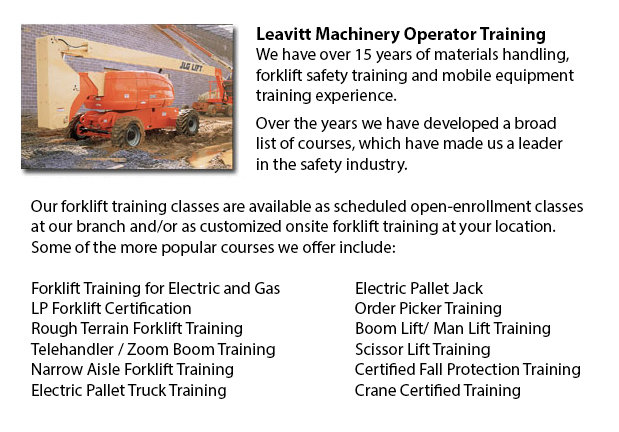
Aerial Boom Lift Ticket Glendale - Aerial hoists are able to accommodate numerous duties involving high and tough reaching places. Usually used to execute routine maintenance in buildings with tall ceilings, trim tree branches, elevate heavy shelving units or patch up telephone cables. A ladder might also be used for some of the aforementioned jobs, although aerial lifts provide more safety and stability when correctly used.
There are many models of aerial lift trucks accessible on the market depending on what the task required involves. Painters sometimes use scissor aerial jacks for example, which are grouped as mobile scaffolding, of use in painting trim and reaching the 2nd story and higher on buildings. The scissor aerial hoists use criss-cross braces to stretch and lengthen upwards. There is a platform attached to the top of the braces that rises simultaneously as the criss-cross braces lift.
Cherry pickers and bucket trucks are a further kind of the aerial lift. Normally, they possess a bucket at the end of an extended arm and as the arm unfolds, the attached bucket lift rises. Platform lifts utilize a pronged arm that rises upwards as the lever is moved. Boom hoists have a hydraulic arm that extends outward and lifts the platform. All of these aerial platform lifts call for special training to operate.
Through the Occupational Safety & Health Association, also called OSHA, education programs are offered to help ensure the workforce satisfy occupational principles for safety, system operation, inspection and maintenance and machine weight capacities. Workforce receive certification upon completion of the classes and only OSHA licensed personnel should drive aerial platform lifts. The Occupational Safety & Health Organization has formed guidelines to uphold safety and prevent injury when utilizing aerial lift trucks. Common sense rules such as not using this machine to give rides and ensuring all tires on aerial platform lifts are braced in order to prevent machine tipping are noted within the rules.
Regrettably, data show that more than 20 operators pass away each year when running aerial hoists and 8% of those are commercial painters. The majority of these incidents are due to inappropriate tire bracing and the hoist falling over; for that reason many of these deaths were preventable. Operators should make certain that all wheels are locked and braces as a critical security precaution to prevent the instrument from toppling over.
Other rules include marking the surrounding area of the machine in an obvious way to protect passers-by and to guarantee they do not approach too close to the operating machine. It is vital to ensure that there are also 10 feet of clearance between any power lines and the aerial lift. Operators of this machinery are also highly recommended to always wear the proper security harness when up in the air.
-
Aerial Lift Train the Trainer Glendale
Aerial Lift Train the Trainer Glendale - The Aerial Lifts Train the Trainer Certification Program will teach trainers how to effectively train operators in safe industrial mobile machine operation. Trainers are given in-depth instruction on aerial li... More -
Forklift License Glendale
Forklift License Glendale - In North America, acquiring a forklift license or forklift certification involves hands-on and classroom training. Regulatory control over certification, training and license for powered industrial truck operators falls un... More -
Telehandler Certification Glendale
Telehandler Certification Glendale - Telehandler certification programs are both for operators who have some experience driving a typical forklift and for individuals with no experience. The real-world training provided by these courses produces grad... More -
Operator Safety Training and Re-Qualification Training and In-House Instructor Training in Glendale
Forklifts are used in almost all warehouse operations and in boat yards and in industrial construction sites. The reach feature of a forklift is a very important component utilized in a variety of applications like for example when a shelving system... More -
Manlift Training Glendale
Manlift Training Glendale - Different manlift training programs include the content and review of manlift devices. An important portion of the program is the practicum where students show their practical ability and knowledge to safely operate a manl... More -
Crane Certification Glendale
Crane Certification Glendale - The Crane Certification Program consists of the industry suggested subject matter which will teach the safe and efficient operation of cranes. The individual would train in the following: how to identify cranes and thei... More -
Loader Ticket Glendale
Loader Ticket Glendale - Gehl articulated loaders have been made to suit practically every condition. They offer optimal maneuverability and great traction due to a heavy-duty oscillating joint that provides 45-degree rotating angles right and left,... More -
Crane Ticket Glendale
Crane Ticket Glendale - The new version of a crane could be either simple or complex, and cranes vary based on their use. Mobile cranes, for instance are rather simple. A telescopic boom or steel truss mounts its movable platform. A system of levers... More

Forklift Training Glendale
TOLL FREE: 1-888-254-6157
Glendale, Arizona
forkliftcertificationglendale.com
Email Us
About Us


